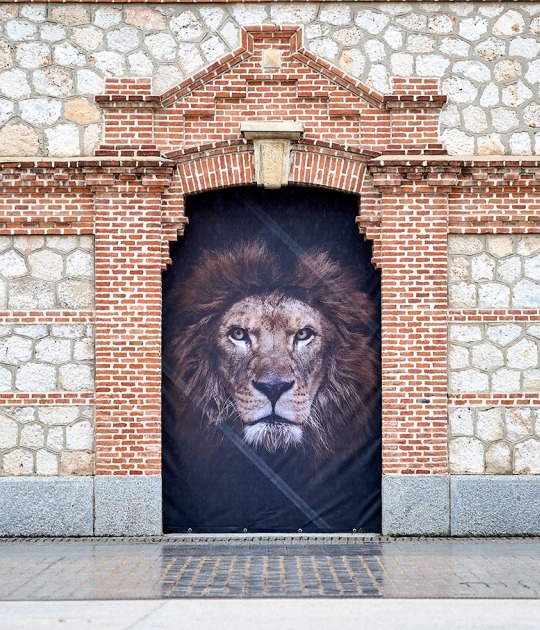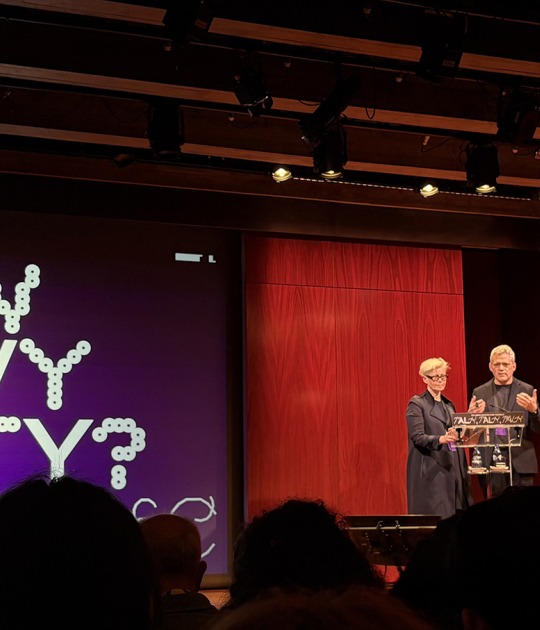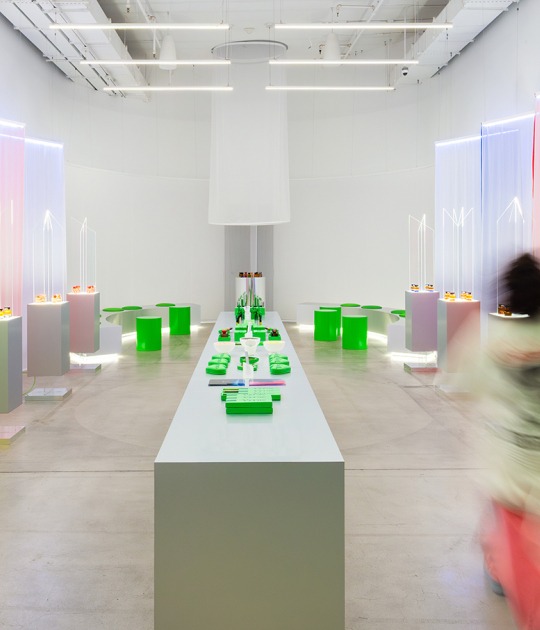“Crossroads: Building the Resilient City”
Seoul Biennale of Architecture and Urbanism 2021, one of the first architectural events produced in the context of a pandemic that has profoundly challenged the functioning of our modern, technological civilization, and our vision of the city, strongly asserts the importance of dialogue and the creative force of interactions, as a nourishing ground for architectural design and urban planning.
Placed under the sign of resilience, the Seoul Biennale will open up a thinking in action on the city of the future. Through this theme, the Seoul Biennale wishes to go beyond a standardized vision of the city, to discover its unknown areas, to read our built heritage in a new way, to highlight the innovations linked to new types of buildings or infrastructures, social relations and design processes.
The concept of resilience applied to the city appears to be a necessary condition for sustainability, a process that leads to a reconnection with the environment, a new urban ideal, conceived as a complex, flexible and agile system. What kind of expertise, resources and tools do we have today to imagine resilience through architecture?
Seoul Biennale of Architecture and Urbanism 2021 will also promote the theme of “Crossroads,” considering cities and metropolises as spaces of superposition, complex and constructed interactions between inhabitants, buildings, infrastructures, movements and regulations.
The exhibitions will then offer an exploration of the world's cities and an original vision of the production of the city, through the prism of five thematic figures, or “Crossroads”: Above X Below, Heritage X Modern, Craft X Digital, Natural X Artificial, Safe X Risk. These themes contribute to re-imagining the future of our urban environments, by tightening the links between city and nature, old and new, above and below, human and non-human.


































